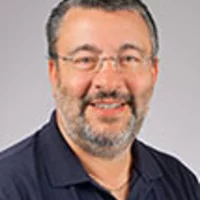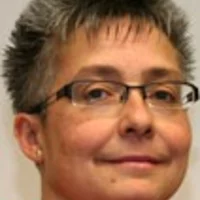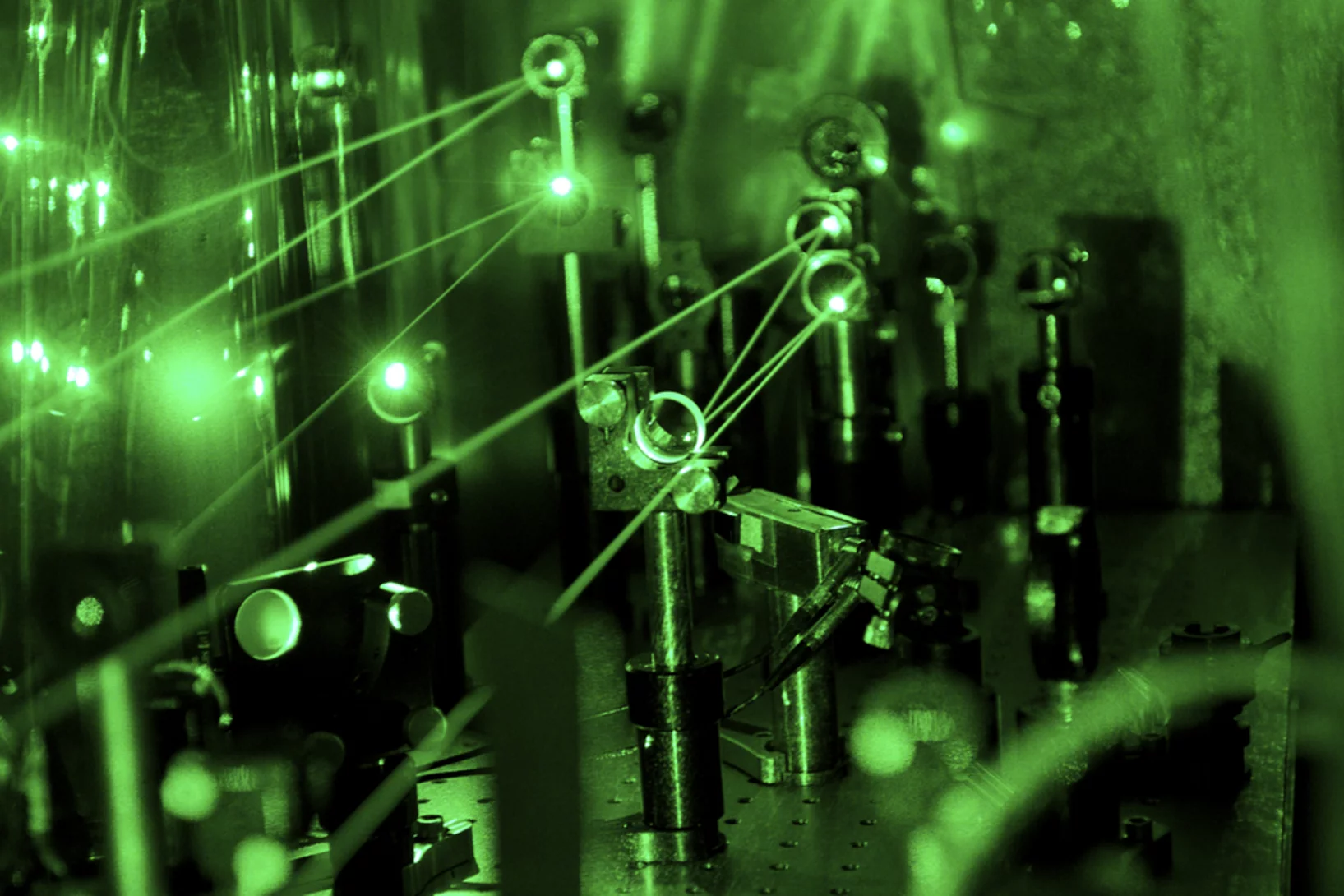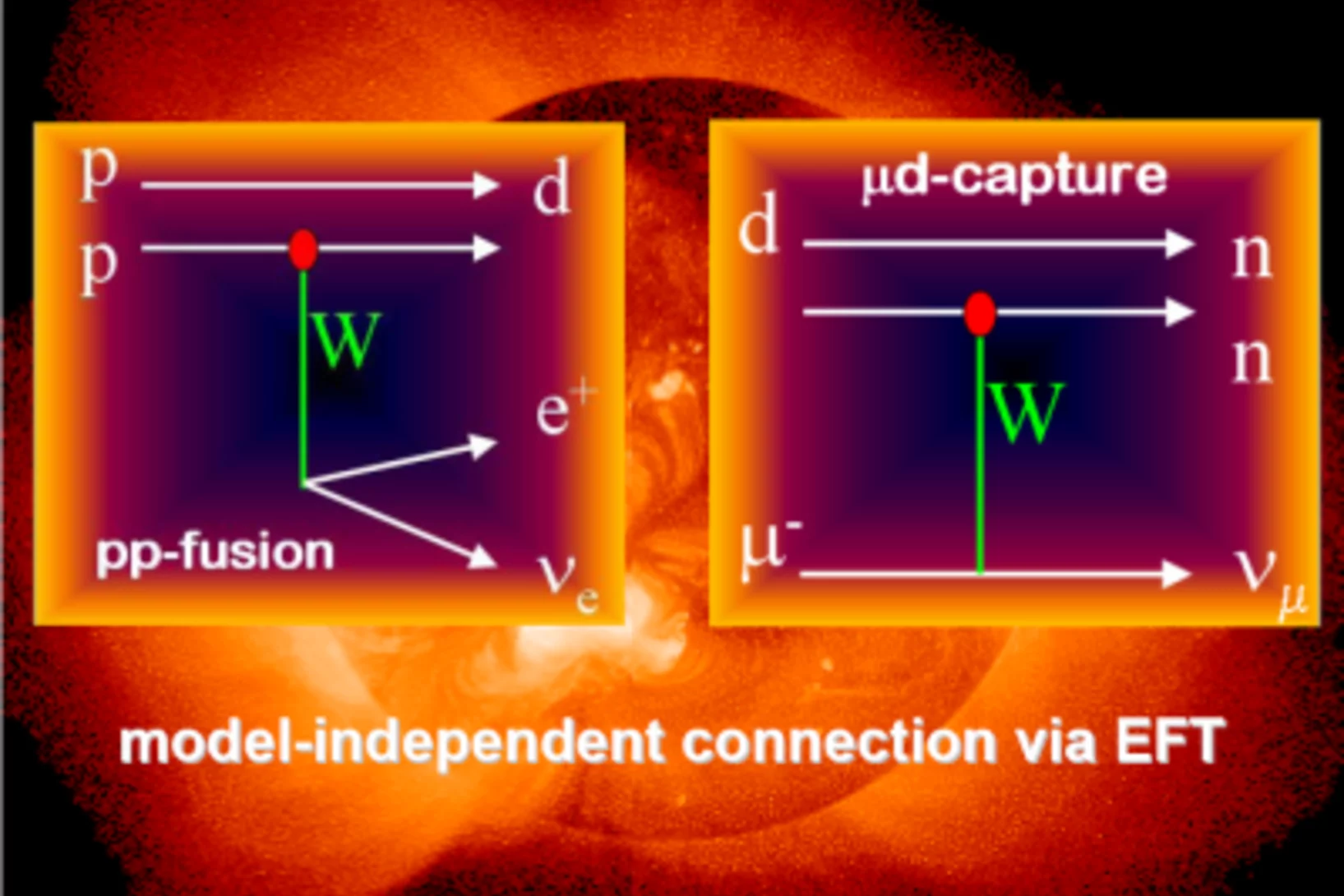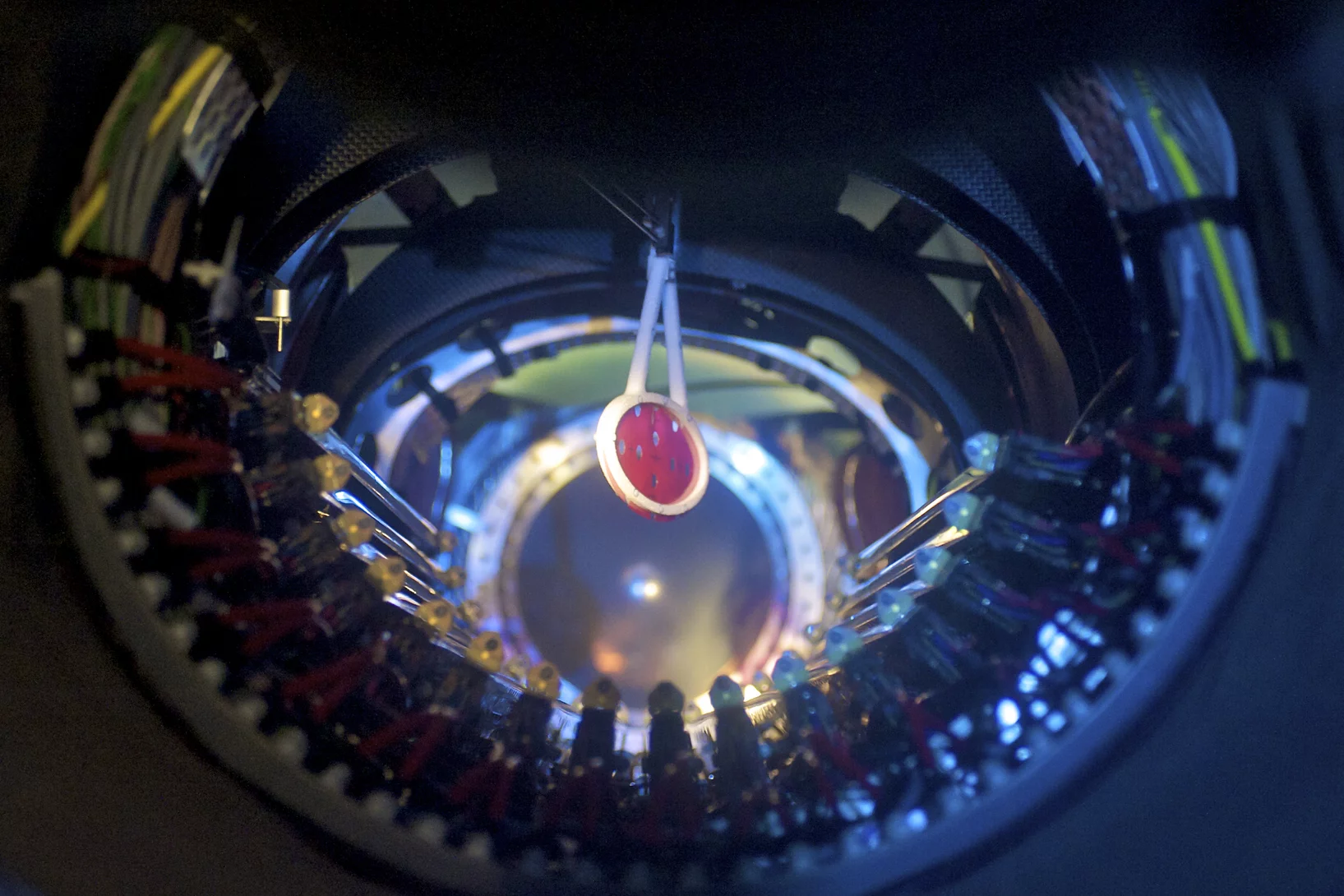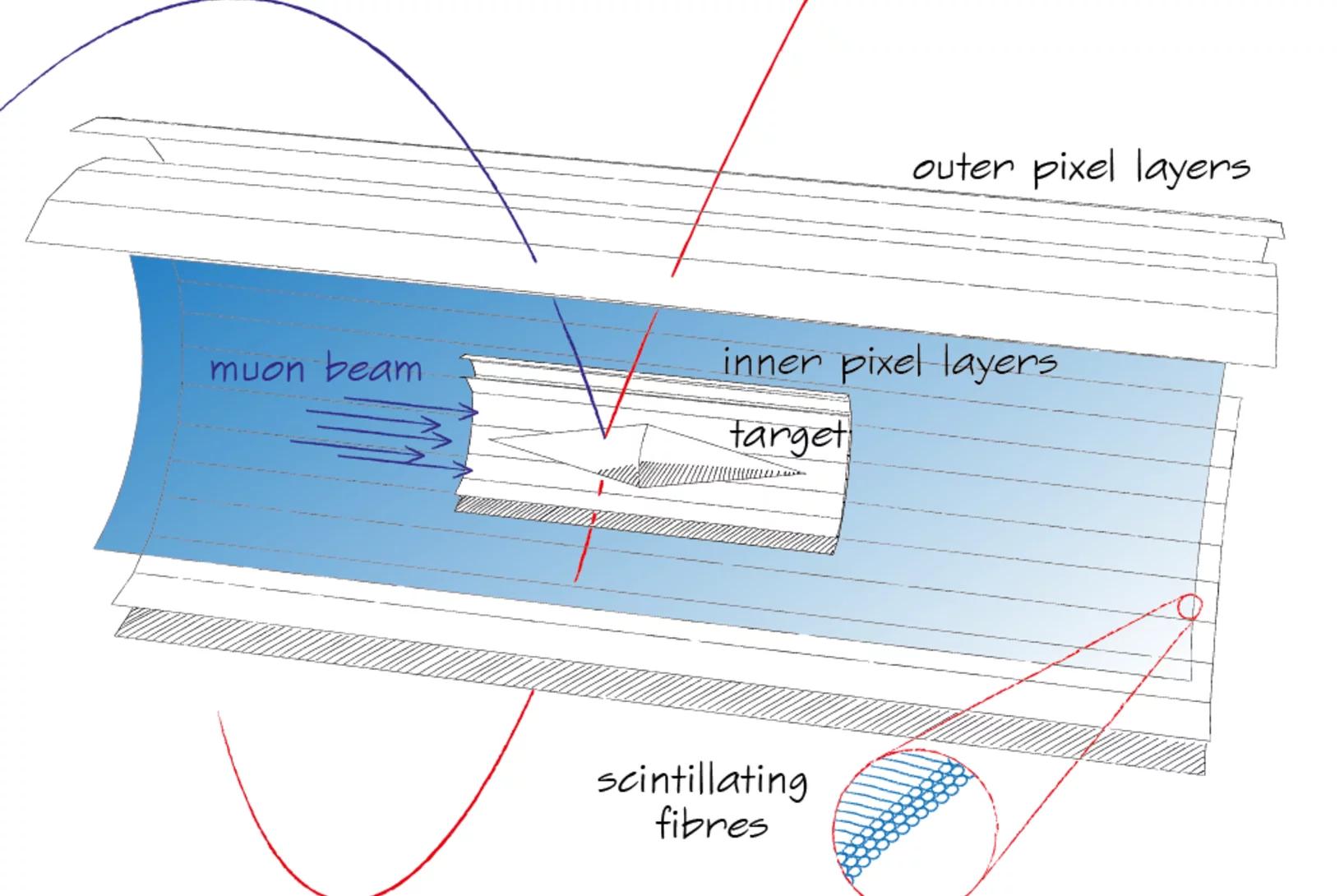Discoveries in particle physics can be made in two ways. One way is to produce new particles directly at high energy colliders, such as the Higgs discovery recently being made at CERN. An alternative approach is to measure well known particle decays and interactions with unpreceded precision and looking for tiny deviations from values predicted by the Standard Model (SM). The most attractive particle decays are those which are not allowed in the framework of the SM, since they can only be mediated by new "virtual" particles, which occur only for a very short time in Heisenberg's uncertainty principle in the decay loop. Although these virtual particle cannot be detected directly, the observation of the decay which they mediate is a clear proof for their existence. On the other side, the non-observation of such decays or the confirmation of interactions predicted by the SM with great accuracy excludes many theoretical models beyond the SM, which would imply these decays or deviations. The reach of these indirect measurements at the current level of precision can go up to energies of several 100 TeV, much higher than today's high energy accelerators. They are therefore an important corner stone of particle physics complementing the direct searches at high energies.
The Muon Physics group is currently involved in following major experiments:
